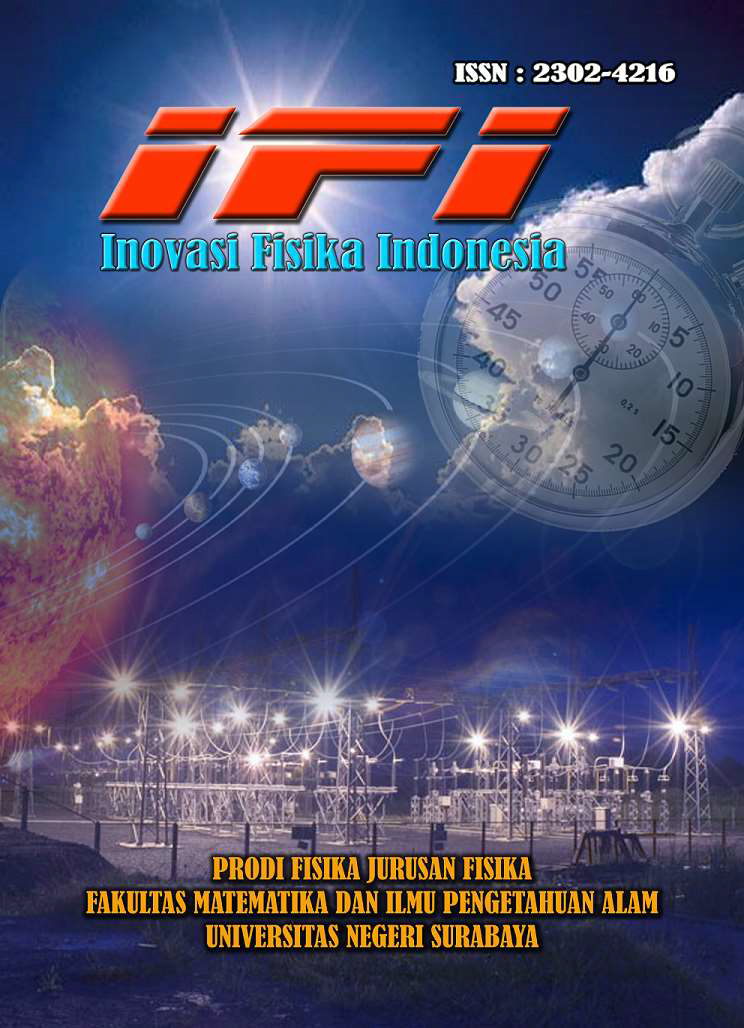ANALISIS POTENSI BAHAYA BENCANA SEISMIK DAN KERENTANAN WILAYAH NTB DAN NTT
DOI:
https://doi.org/10.26740/ifi.v12n1.p75%20-%2087Downloads
Download data is not yet available.
Downloads
Published
2023-05-12
How to Cite
Al-Fakhiroh, A. Z., & Prastowo, T. (2023). ANALISIS POTENSI BAHAYA BENCANA SEISMIK DAN KERENTANAN WILAYAH NTB DAN NTT. Inovasi Fisika Indonesia, 12(1), 75–87. https://doi.org/10.26740/ifi.v12n1.p75 - 87
Issue
Section
Fisika Kebumian
 Abstract views: 181
,
Abstract views: 181
, PDF Downloads: 397
PDF Downloads: 397








1.png)
